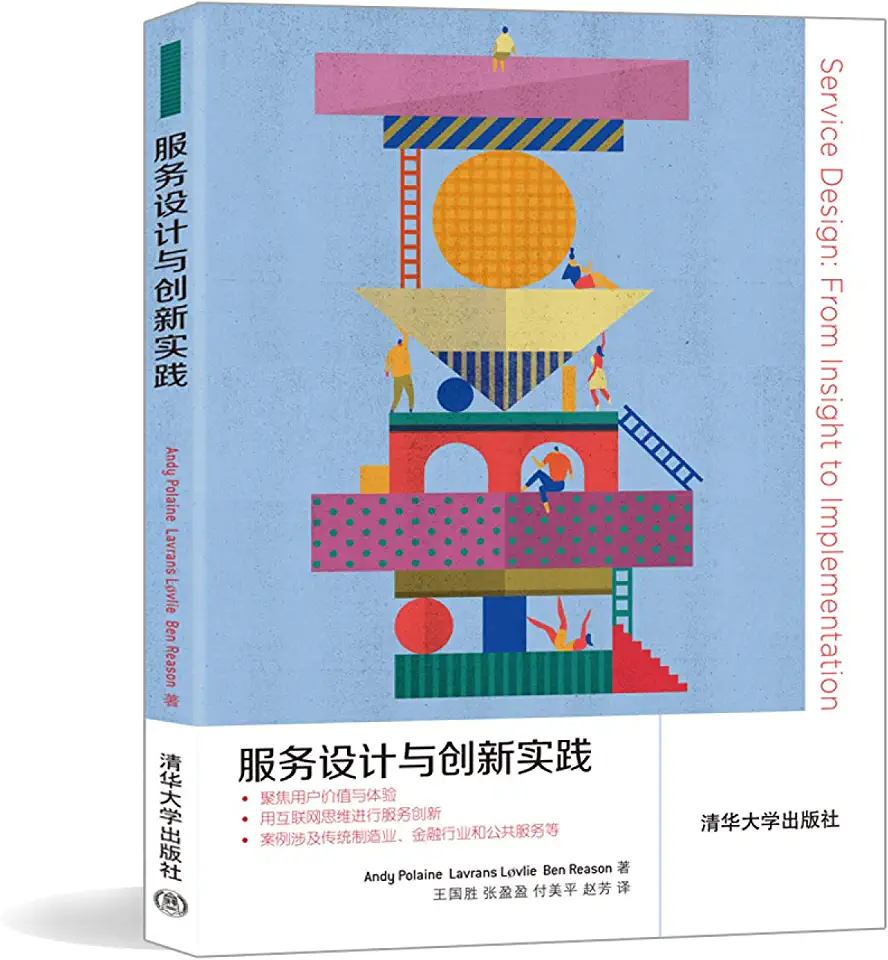
Service Design, Andy Polaine, Lavrans Løvlie and Ben Reason
Service Design: A User-Centered Approach to Innovation
In today's competitive business environment, it's more important than ever to create products and services that meet the needs of your customers. Service design is a human-centered approach to innovation that can help you do just that.
Service design focuses on understanding the needs of your customers and then designing services that meet those needs in a way that is both efficient and effective. This approach can help you create products and services that are:
- More user-friendly: Service design can help you create products and services that are easy to use and understand. This can lead to increased customer satisfaction and loyalty.
- More efficient: Service design can help you streamline your processes and improve your efficiency. This can lead to cost savings and increased productivity.
- More effective: Service design can help you create products and services that are more effective at meeting the needs of your customers. This can lead to increased sales and profits.
The Service Design Process
The service design process is a iterative process that involves the following steps:
- Research: The first step is to research your customers and their needs. This can be done through a variety of methods, such as surveys, interviews, and focus groups.
- Ideation: Once you have a good understanding of your customers' needs, you can start to generate ideas for new products and services. This can be done through a variety of methods, such as brainstorming, mind mapping, and sketching.
- Prototyping: The next step is to create prototypes of your new products and services. This can be done through a variety of methods, such as paper prototyping, digital prototyping, and physical prototyping.
- Testing: Once you have created prototypes of your new products and services, you need to test them with your customers. This can be done through a variety of methods, such as user testing, usability testing, and field testing.
- Implementation: The final step is to implement your new products and services. This can be done through a variety of methods, such as product launch, service launch, and marketing.
The Benefits of Service Design
Service design can provide a number of benefits for businesses, including:
- Increased customer satisfaction: Service design can help you create products and services that meet the needs of your customers. This can lead to increased customer satisfaction and loyalty.
- Reduced costs: Service design can help you streamline your processes and improve your efficiency. This can lead to cost savings and increased productivity.
- Increased sales: Service design can help you create products and services that are more effective at meeting the needs of your customers. This can lead to increased sales and profits.
Conclusion
Service design is a powerful tool that can help you create products and services that meet the needs of your customers. By following the service design process, you can create products and services that are more user-friendly, efficient, and effective. This can lead to increased customer satisfaction, reduced costs, and increased sales.
If you're looking for a way to improve your business, service design is a great place to start.